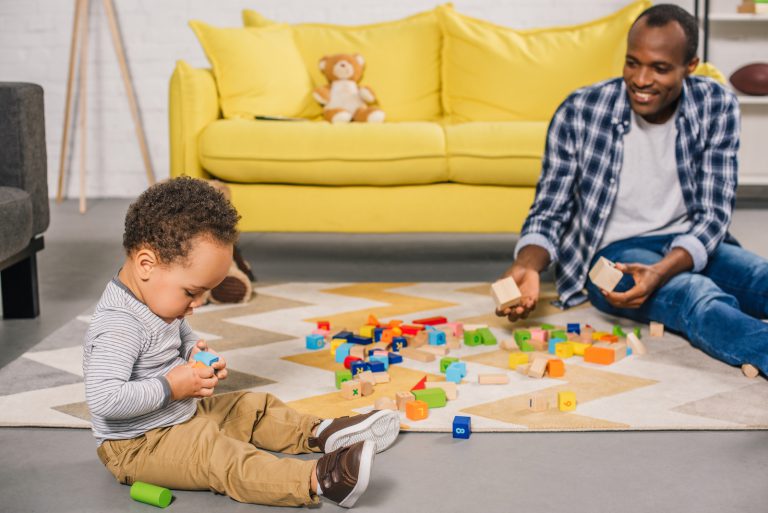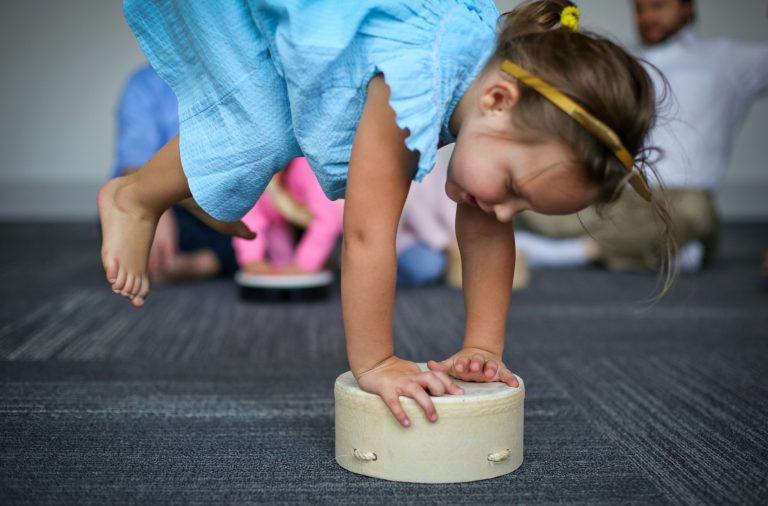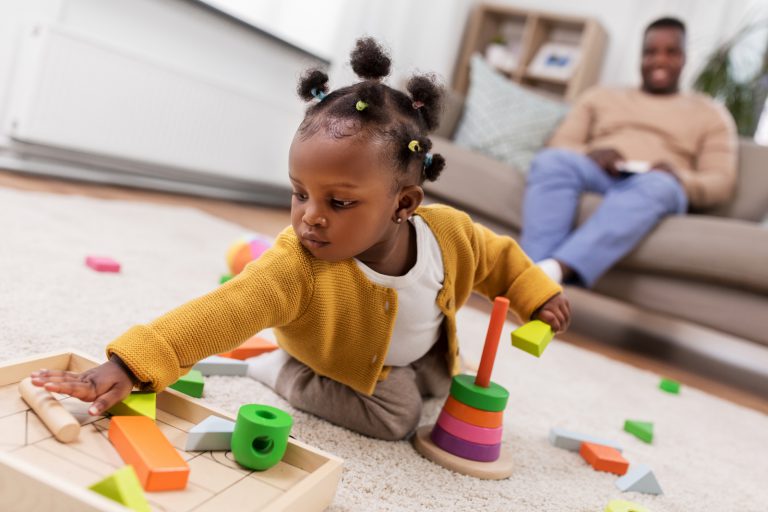 Pediatricians believe in free play as a fundamental healthy-child strategy. How important is it? Enough that the American Academy of Pediatrics dedicated an entire article discussing the “why’s” of play, the reasons it has become more rare in the lives of many young children, and how doctors should encourage parents to incorporate it into their daily lives.
Pediatricians believe in free play as a fundamental healthy-child strategy. How important is it? Enough that the American Academy of Pediatrics dedicated an entire article discussing the “why’s” of play, the reasons it has become more rare in the lives of many young children, and how doctors should encourage parents to incorporate it into their daily lives.
Why Is Unstructured Play Important?
Creative play is something that the average adult is…well…not very good at implementing. But it’s not solely the result of increased responsibilities. Actually, the reduced potential for creativity begins much younger. Research shows that by age 10, many children have lost up to 70% of their creative capacity (yikes!). This is because we do not actively encourage play enough.

5 Ways Child-Led Playtime Boosts Learning
So, if most grownups are bad at playing, how can we learn to nurture play in our children? By watching them! What you will see—children’s cognitive, physical, and social-emotional development propelled forward—is astonishing. That’s enough proof to ensure hours and hours of unstructured, undirected play each week.
Here are 5 key reasons to let your little ones loose and watch their skills take off without a plan of action:
- Play leads children to sort information in new ways and to seek symbolic representations. For example, just watch toddlers begin grouping items by color or shape or other categories they clearly understand (even if you don’t!).
- Play allows children to imagine whole new ways of being, pushing their minds and bodies in new directions. You know how preschoolers love to move like their favorite animals? That’s free play plus imagination at work.
- Play leads children to solve problems with perseverance and creativity! Have you seen your child try over and over and over again to construct something tall or to fit objects into specific spots? Even if they don’t succeed the first time, they already have the goal in mind.
- Play stretches the imagination through fantasy. Just wait…you’ll see a superhero “flying” through the room or a wizard using the power of his magical wand before you know it.
- Play invokes laughter, which is one of the best “nutritional supplements” we have! That’s because play is FUN. Laughter relaxes the body, boosts immunity, triggers the release of endorphins (our “feel good” chemicals), and improves the functions of the cardiovascular system. Additionally, your child’s laughter draws you closer together, causing you to join in and laugh yourself, which creates a bond that lasts well beyond that moment.

What Does Unstructured Play Look Like by Age?
- Babies: Arms flail, legs kick, hands fist and unfist…baby giggles. This active play is all about discovering how their bodies move. It’s fun to learn how to be in charge of those body parts, and you get to witness this truly joyful play.
- 1-2 years: Young toddlers love to play alone, so they need things like blocks and other sturdy toys that can be manipulated in many different ways. They busily occupy themselves bringing their imaginations to fruition through the ways they move objects, propel themselves through space, and interpret what their senses tell them. In fact, you might notice your little one starting to watch how others play, but she probably isn’t too interested in joining them, and that’s OK. Focus on watching her personality emerge!
- 2 years+: Older toddlers start to participate in parallel play alongside or near others, but not with them. You’ll find that you begin to have fun playing in the same area your child plays in, encouraging her to explore by example versus directing or interfering.
- 3-4 years: Early preschoolers begin to associate play with others—for example, playing on a piece of climbing equipment at the same time—but still pursue their own interests. You can best participate in play by following, not leading or interjecting your own ideas.
- 4 years +: By age 4, children really begin to play with others and are truly interested in what they’re playmates are doing (and how they’re participating together). At this point, you can plan to layer in some daily structured play. For example, you might spend 30 minutes a day with your child doing things such as putting together puzzles or engaging in games that include rules, while saving that remaining time for independent exploration.

The most important thing to remember about unstructured play is that you really don’t need to sweat it. You just need to implement it! As long as your child is in a safe environment, you’ll be surprised at how she moves through these milestones on her own given a little bit of this priceless freedom. You may feel like you’re not being “hands-on” but you are!
In fact, if you need a reminder, stream that motivating chant “Ev’rything Is Just Fine!” Download our free app on the App Store or Google Play, and tap play…you might even encourage some interpretive dancing without having to lift a finger.
At Kindermusik, one of our most important principles is to follow the child, which is something we encourage families to do at home. We treasure each little one’s creativity, imagination, and unique style. And we know that by providing the music and carefully observing independent responses to activities like dancing, playing instruments, and storytime, we foster the critical elements of free play. Come join us!
– Reposted from Kindermusik International

